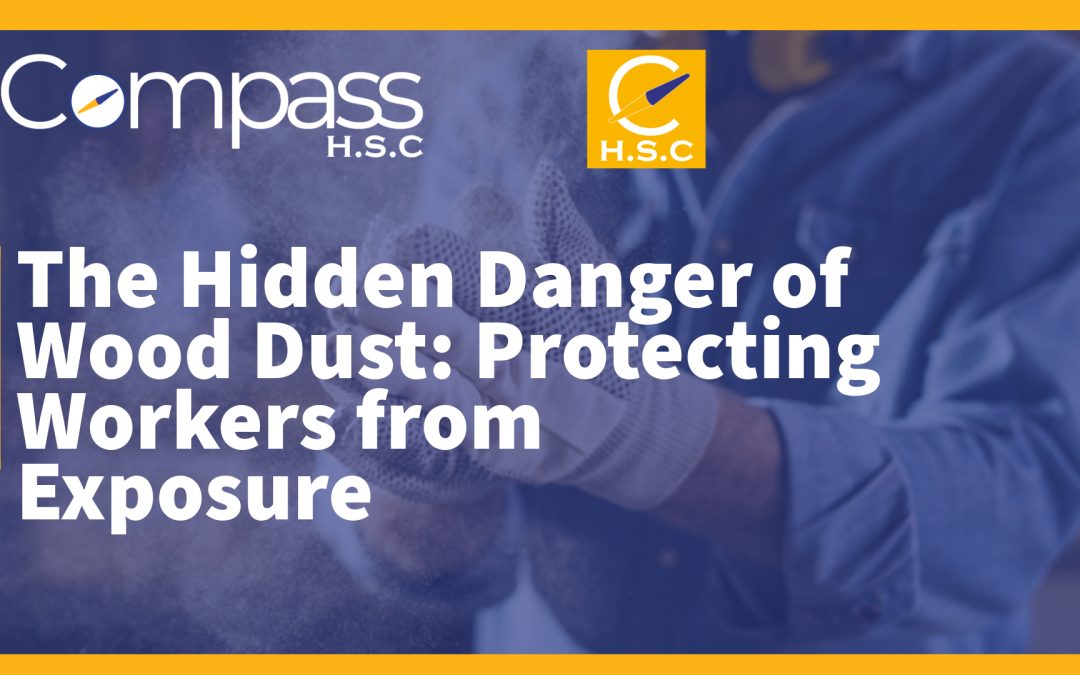During our regular site visits in 2024, we observed a concerning lack of awareness among both workers and site managers regarding the dangers posed by inhaling airborne wood dust. This exposure is more than just an irritation—it can lead to severe and long-term health issues.
The Health Risks of Wood Dust
Breathing in wood dust can result in chronic respiratory problems, with some cases leading to occupational asthma. Prolonged exposure to hardwood dust is also classified as a known carcinogen, increasing the risk of developing cancer. Employers must take proactive steps to reduce exposure and protect their workforce.
Workplace Exposure Limits
The Health and Safety Executive (HSE) has set workplace exposure limits (WELs) for wood dust over an 8-hour period:
-
Hardwood dust: 3mg/m³
-
Softwood dust: 5mg/m³
Employers must ensure these limits are not exceeded and implement effective control measures to safeguard workers.
Controlling Wood Dust Exposure
A risk assessment should document the necessary control measures to minimise wood dust exposure. Some of the most effective strategies include:
-
Dust Collectors: Use on-tool extraction systems to capture dust at the source.
-
Local Exhaust Ventilation (LEV): Install properly maintained extraction units to remove airborne dust from the workspace.
-
Ventilated Work Areas: Work in well-ventilated spaces to reduce dust accumulation.
-
Vacuuming Instead of Sweeping: Use an H-class industrial vacuum to clean up wood dust instead of dry sweeping, which can disperse dust into the air.
-
Avoid Compressed Air: Never use compressed air to clean surfaces, as it can propel wood dust into the air.
-
Correct Respiratory Protective Equipment (RPE): Provide workers with face masks that meet the required protection standard (e.g., FFP3 masks).
-
Health Surveillance: Regularly monitor employees’ health to detect any early signs of respiratory conditions caused by wood dust exposure.
Raising Awareness and Training
Employers must ensure that workers understand the risks and are properly trained on best practices for controlling wood dust exposure. The HSE provides valuable resources, including a video on wood dust exposure, which can be accessed here:HSE Wood Dust Exposure Video.
How Compass HSC Can Help
We offer expert guidance on managing workplace exposure risks, conducting risk assessments, and implementing control measures to protect workers. Contact us today to ensure your workplace remains compliant and safe from wood dust hazards.

